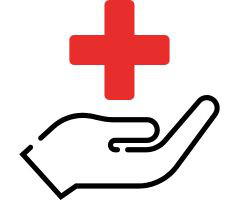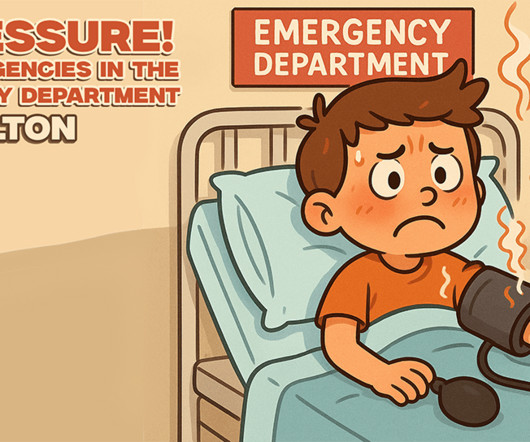Not “burnout,” not moral injury—human rights violations
Pamela Wible MD
JUNE 20, 2025
(Published 3/18/19, updated 6/20/25) What Is Physician “Burnout”—and Why It Matters Physician “burnout” is a state of emotional, physical, and mental exhaustion caused by prolonged stress in the medical workplace. So why are physicians experiencing physical and mental collapse from overwork?












Let's personalize your content